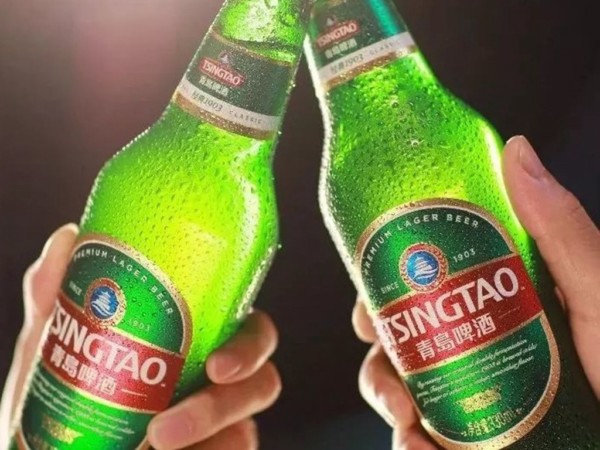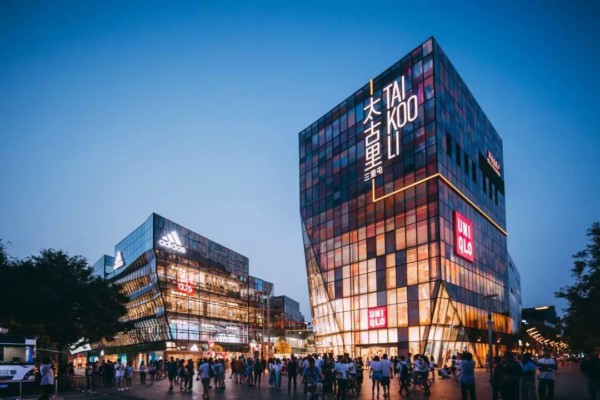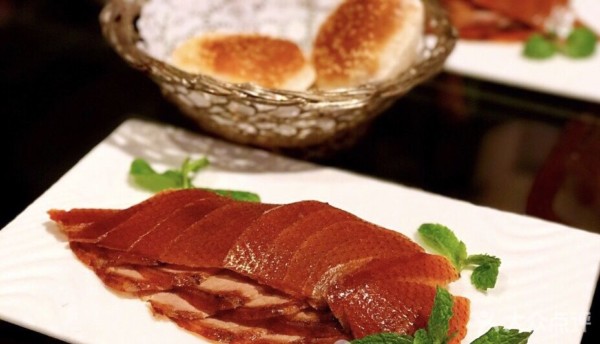Planning a trip to China? Have you considered making the magnificent 北京 (Běijīng) one of your stops?
Read on to find out how to make the most of just 3 days in this great city!
Day One: The Great Wall
As Chairman Mao once said, “不到长城非好汉” (búdào chángchéng fēi hǎohàn You cannot be a great man without having been to the great wall).
If he were here today, I am sure he would have chosen a more gender-neutral way of putting it… Nonetheless, I agree that it is an experience not to be missed!
Although originally built by the first emperor of the Qin Dynasty (221 – 206 BC) to protect China from invasions, most of what remains of the Great Wall was built during the Ming Dynasty (1368-1644). Today the remains provide many scenic attractions rich in culture and history.
Choose a Spot to Suit You
Chances are that the hotel or hostel you are staying in will offer a guided tour to the Great Wall. However, if you prefer to go it alone you should first choose the section you want to climb. The wilder sections, 司马台 (Sīmǎ tái) and 江口 (Jiāngkǒu), are suited to stronger hikers, whereas 慕田峪 (Mù tián yù) and 八达岭 (Bādálǐng) have good accessibility and offer an easier climb.
Whichever one you choose, bear in mind there is no direct transport from the city to the wall, so you would need to transfer buses or fork out for a taxi.

Choose a Time
Another important factor you should consider is the weather. You may not have quite such a happy climb in heavy rain or burning sun. For this reason, the best time to visit the Great Wall is either spring or autumn.
Smart tip: climb the wall without breaking a sweat!
If it happens that the most strenuous exercise you want to get involved in that day is raising a 青岛(Qīngdǎo Tsing Tao) to your mouth, you can take a cable car directly to the highest point of the wall. Once you are happy with the selfies you’ve taken against the beautiful skyline, you can literally slide down again using the slide recently constructed to make the Great Wall experience more fun. In this way, you will also save some time and energy for Beijing days 2 and 3!

Day Two: Tiananmen, Forbidden City and Beijing by Night
Tiananmen Square
You can’t leave Beijing without taking a look at the city’s best-known landmark 天安门广场 (Tiān’ānmén guǎngchǎng, Tiananmen Square) located in the very center of Beijing. It may seem ironic to those of you who know this place from the Tiananmen Square massacre that the literal translation of “Tiananmen” is the “gate to heavenly peace”!
Forbidden City
The huge portrait of 毛泽东 (Máo Zédōng) welcomes the daily crowds of visitors. A ten-minute walk to the south will bring you to his resting place (毛主席纪念堂, Máo zhǔxí jìniàntáng), and behind the portrait to the north lies the Forbidden City (故宫 gùgōng) which contains the imperial palace of the Ming and Qing dynasties. Expect some impressive old buildings and big open spaces as you walk around with your headset tour!
Beijing Nightlife
And what better way to conclude the second day of the trip than an evening walk through the streets of 三里屯 (Sānlǐtún). Located in 朝阳区 (Cháoyáng qū, Chaoyang district), it well known as a popular destination for shopping, dining, and entertainment. The end of the day will be the best time to visit. Lit up by the atmospheric street lights and lanterns, it is well known as a favorite spot for young people of Beijing (and beyond) to enjoy the nightlife.

Day three: Walk, Eat, Speak
Walk
No trip to Beijing would be complete without walking through the 胡同 (hútòng) neighborhoods which consist of narrow streets winding around 四合院 (sìhéyuàn, residencies consisting of four buildings and a courtyard in the center). Coming from Sanlitun the night before, you will feel like you have stepped into the past.
Eat
Be sure to take this opportunity to experience some of Beijing’s traditional cuisine! The most typical local dish is definitely the 北京考鸭 (Běijīng kǎoyā) and nearly every restaurant in Beijing has it on its menu, you’ll just have to choose which of them looks the best!
If you are not a duck-lover, a walk through 王府井 (Wángfǔjǐng) might be your best bet. This is one of the coolest streets in Beijing, famous for being densely packed with restaurants and street food stalls. The bravest of you will have the unique opportunity to sample delicacies such as deep-fried scorpion on a stick (蝎子串 xiēzichuàn) and seahorse … also on a stick (海马串hǎimǎchuàn)!

Speak
A wander around Beijing is a great opportunity for you to try out your Chinese. Don’t be afraid to ask the locals for directions or suggestions. They will be happy to talk with a 外国人 (wàiguórén, foreigner) and even take a picture with you.
Of course, keep in mind that, although Beijing is a big metropolis, not everyone will be able to speak English. Knowing some Chinese will, therefore, help you to experience this city in a deeper way.
Click here to get in touch with Practical Mandarin and learn some basic sentences to try out with local people from Beijing!

